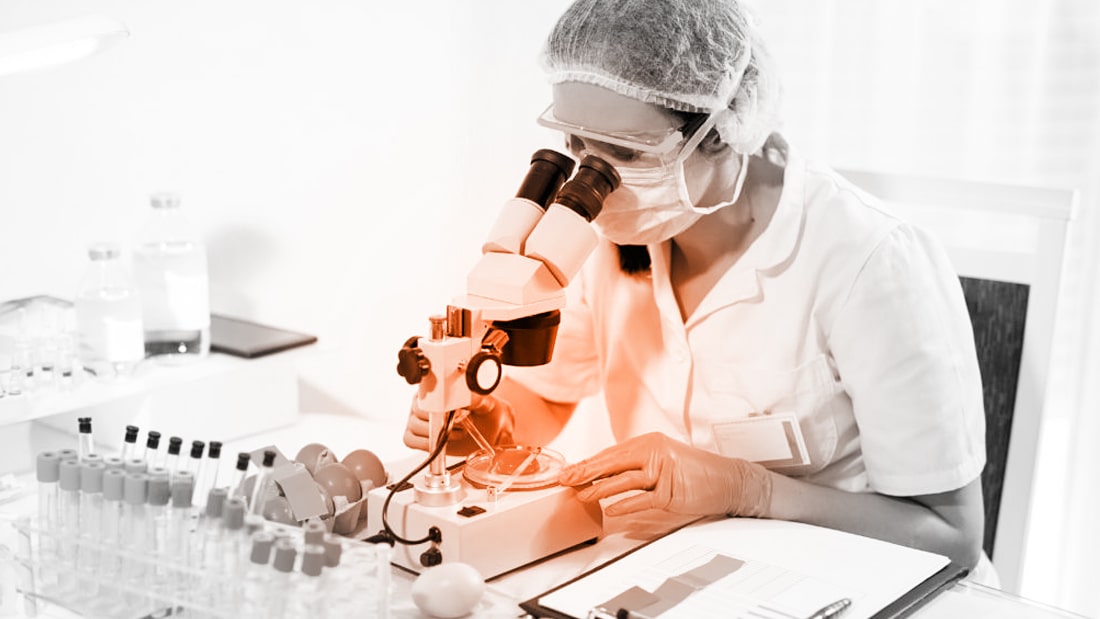
HACCP – Hazard Analysis Critical Control Point
Hazard Analysis and Critical Control Point (HACCP) is an internationally recognized system for reducing the risk of safety hazards in food.
A HACCP System requires that potential hazards are identified and controlled at specific points in the process. This includes biological, chemical or physical hazards.Any company involved in the manufacturing, processing or handling of food products can use HACCP to minimize or eliminate food safety hazards in their product.
Why use HACCP?
Awareness of food-borne illness is increasing and concern throughout the industry is driving the use of HACCP and HACCP based certification programs.
HACCP is based on seven principles:
Conduct a Hazard Analysis
This is where you evaluate your processes and identify where hazards can be introduced. Hazards can be physical (i.e. metal contamination), chemical (i.e. can a cleaning product contaminate the product, are there toxins that could contaminate the product?) or biological (at what points could bacteria or virus contaminate your product?). You will need to make sure that you have the expertise to make an accurate evaluation of the hazards. This means that if you do not have sufficient expertise in your organization you will need to identify external resources that you can use to perform the hazard analysis.
The hazard identification is done in two steps, first the identification of hazards, then an evaluation of the hazard. The hazard evaluation is a determination of the degree of risk to the user from the identified hazard. Once the hazard is identified and evaluated the team must identify critical control points. These are points where the hazard must be controlled or it will present a risk to the end user.
Identify the Critical Control Points
At what steps in your process can controls be applied to prevent or eliminate the hazards that have been identified? These are your critical control points. For each critical control point you will identify the preventive measure. How will you prevent the hazard?: Use of specific Temperature, ph, time, procedures?
Establish a maximum or minimum limit for temperature, time, pH, salt level, chlorine level or other processing characteristic that will control the hazard. This is the critical limit for the CCP. If this limit is ever exceeded corrective action must be taken, and all affected product controlled.
Establish Critical Limits
Your next step is to establish criteria for each critical control point. What criteria must be met to control the hazard at that point? Is it a minimum temperature? Are there regulatory limits that you must meet for this control point?
Establish Monitoring Procedures
What will you measure and how will you measure it? You need to monitor the process at the critical control point and keep records to show that the critical limits have been met. Can you do continuous monitoring of the control point? If not, how often will the measurements need to be performed to show that the process is under control?
The monitoring that takes place at the critical control points is essential to the effectiveness of the HACCP program. The monitoring program will be made up of physical measurement or observations that can be done in a timely manner, to provide the information in a time frame that allows you to take action and control product if an out of control situation occurs.
Establish Corrective Actions
You will establish what actions need to be taken if a critical limit is not met. This will be identified ahead of time for each CCP. The action must make sure that no unsafe product is released. There must also be an evaluation of the process to determine the cause of the problem and an elimination of the cause.
The action or actions taken have two purposes, to control any nonconforming product resulting from the loss of control, and to identify the cause, eliminate it and prevent the situation from reoccurring. By identifying the corrective action before an out of control situation occurs, you are prepared to take action quickly if and when it does occur.
Establish Record Keeping Procedures
You will determine what records are needed to show that the critical limits have been met, and the system is in control. Address regulatory requirements and include records from the development of the system and the operation of the system.
Establish Verification Procedures
The HACCP plan must be validated. Once the plan is in place, make sure it is effective in preventing the hazards identified. Test the end product, verify that the controls are working as planned. Perform ongoing verification of the system. Are measuring and monitoring equipment in control? What are corrective actions showing? Are records being maintained as required?
The Food Safety Management Systems reaches beyond the hazard analysis critical control point and also incorporates management systems principles similar to those found in ISO 9001. You will be building a system to manage quality and continual improvement throughout your organization. It will reach beyond the control systems that we have discussed above and into how you plan and manage quality into your organization.
Global market place
Increasing incidents of food-borne pathogens
New pathogens emerging
Need to protect Brands, control risks
